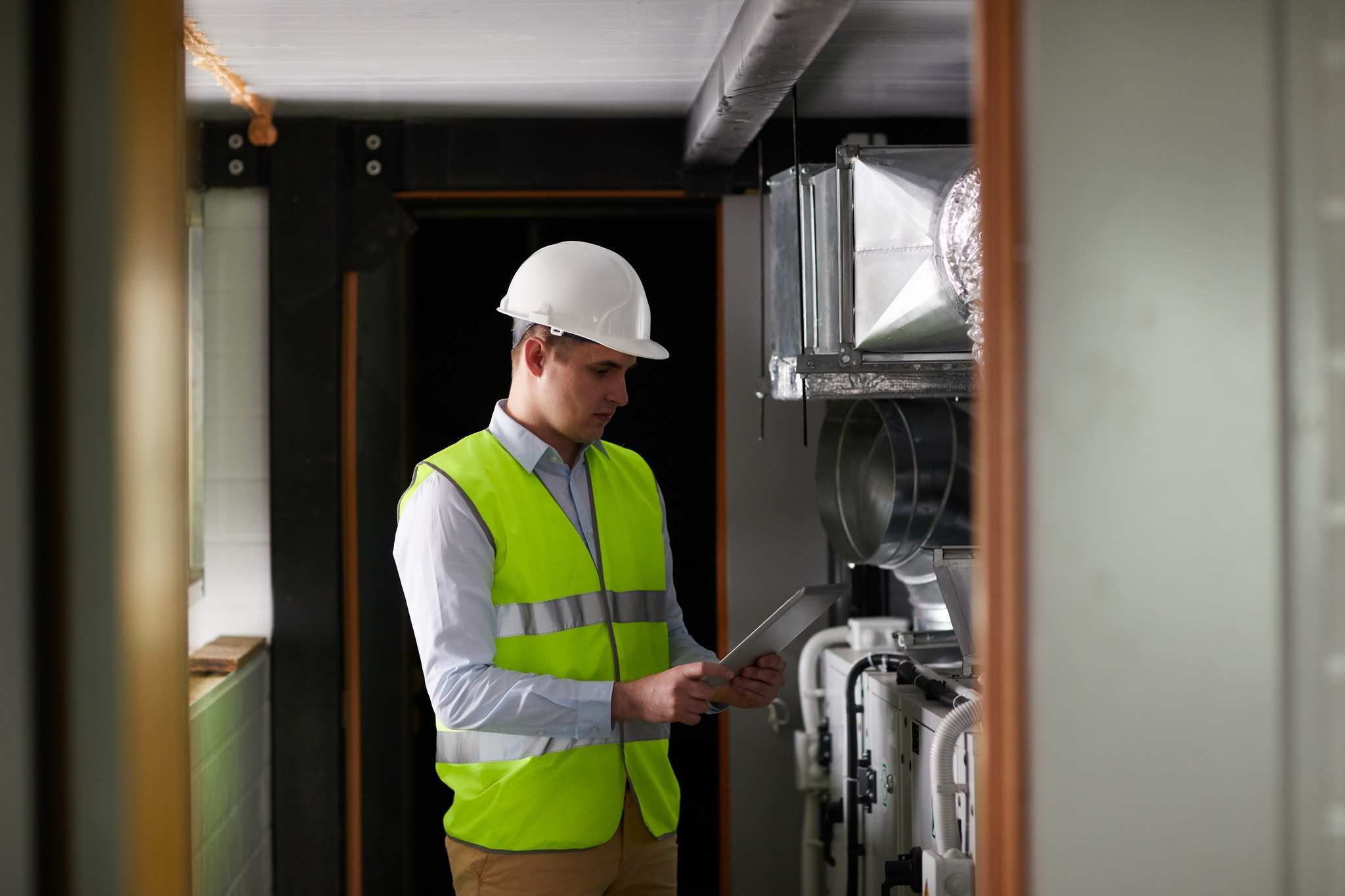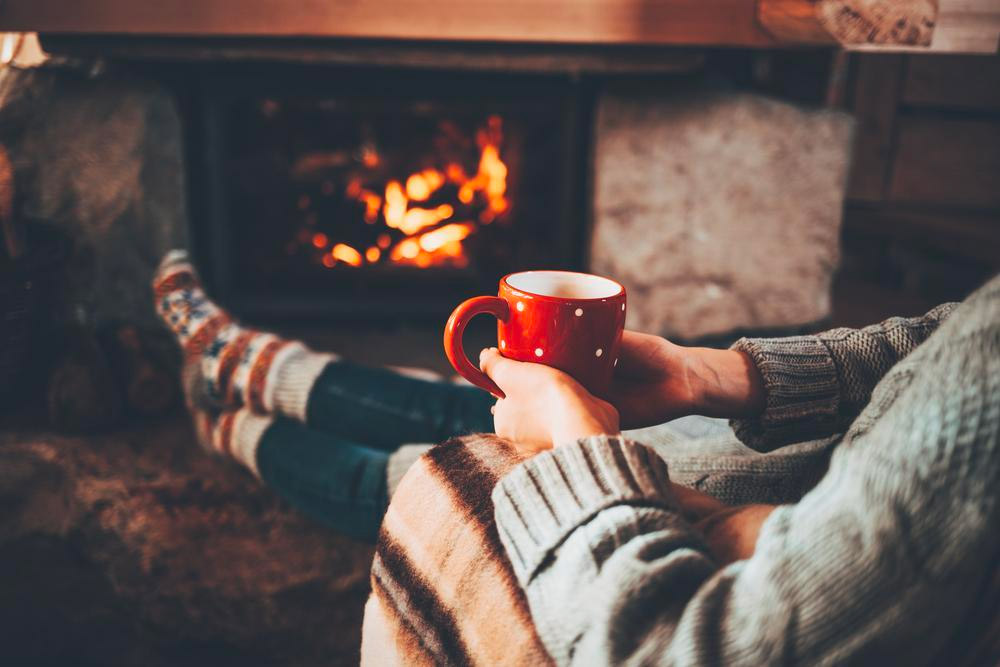Heat pumps use electricity to move heat from a cool space to a warm space, making the cool space cooler and the warm space warmer. During the heating season, heat pumps move heat from the cool outdoors into your warm house and during the cooling season, heat pumps move heat from your cool house into the warm outdoors. Because they move heat rather than generate heat, heat pumps can provide equivalent space conditioning at as little as one quarter of the cost of operating conventional heating or cooling appliances.
Spring HVAC Preparation Tips: Get Ready for the Season with A-Plus Quality

FAQ
-
What is a heat pump?
-
Water is Leaking on my Furnace
Water falling on to the furnace can harm your heating unit by affecting the control boards and other components enclosed in the furnace. There can be many causes to the water overflow, but the most common cases in the summer is the ice build up inside the evaporator coil due to low refrigerant level. Water build up can also be due to the evaporator coil having a crack on the base, if this is the case contact us by booking an appointment or call us today to have a technician come have a look at your unit and repair this issue before it causes excessive damage.
-
Most common Boiler Issues
- Boiler fails to ignite
- Low pressure
- Strange Noises
- Boiler is not responding to the thermostat
- Cold Radiators
- Boiler leaking or dripping
- Boiler cycling very fast
- Available Hot water but No Heat -
Why should I maintain my Furnace or AC?
An annual maintenance will extend the lifetime of your heating and cooling unit. The technician will diagnose and repair any problem with the unit before it fails, so you won't need to worry about any problems when the weather gets very hot in the summer or extremely cold in the winter.
-
What is a mini-split?
By definition, and simply put, a “Split System” is a heating and air conditioning system which has two main components, the indoor unit and outdoor unit. In short, the indoor unit absorbs heat energy in the cooling mode, and the outdoor unit rejects the very heat absorbed by the indoor unit. And the cycle is repeated until the set temperature is met. Although the indoor and outdoor units are located in physically different, hence “split” locations, they are connected and operate as, one system; continuously circulating refrigerant liquid and vapor by means of interconnecting, dehydrated copper refrigerant lines, commonly referred to as a “Line Set”.


